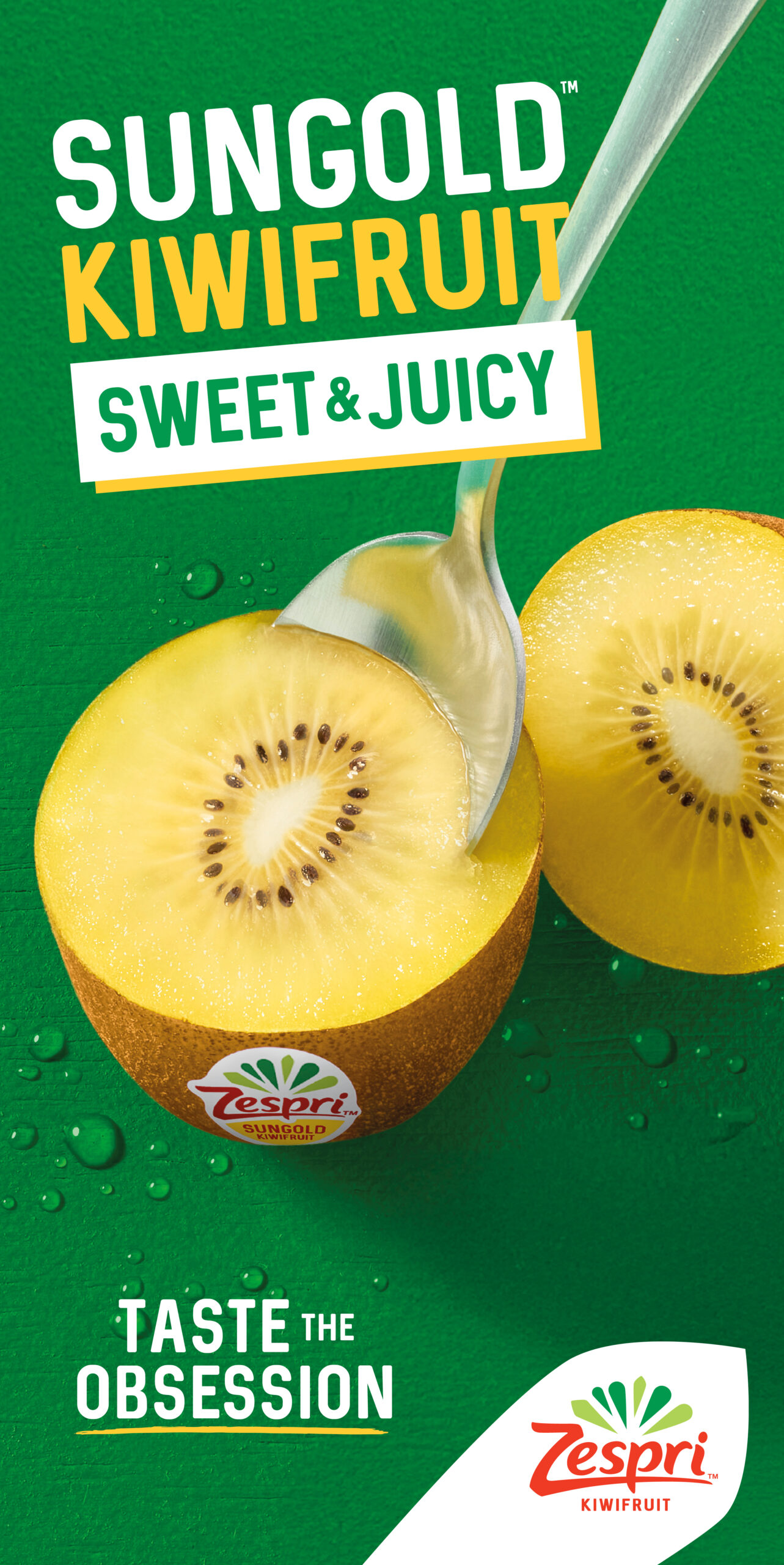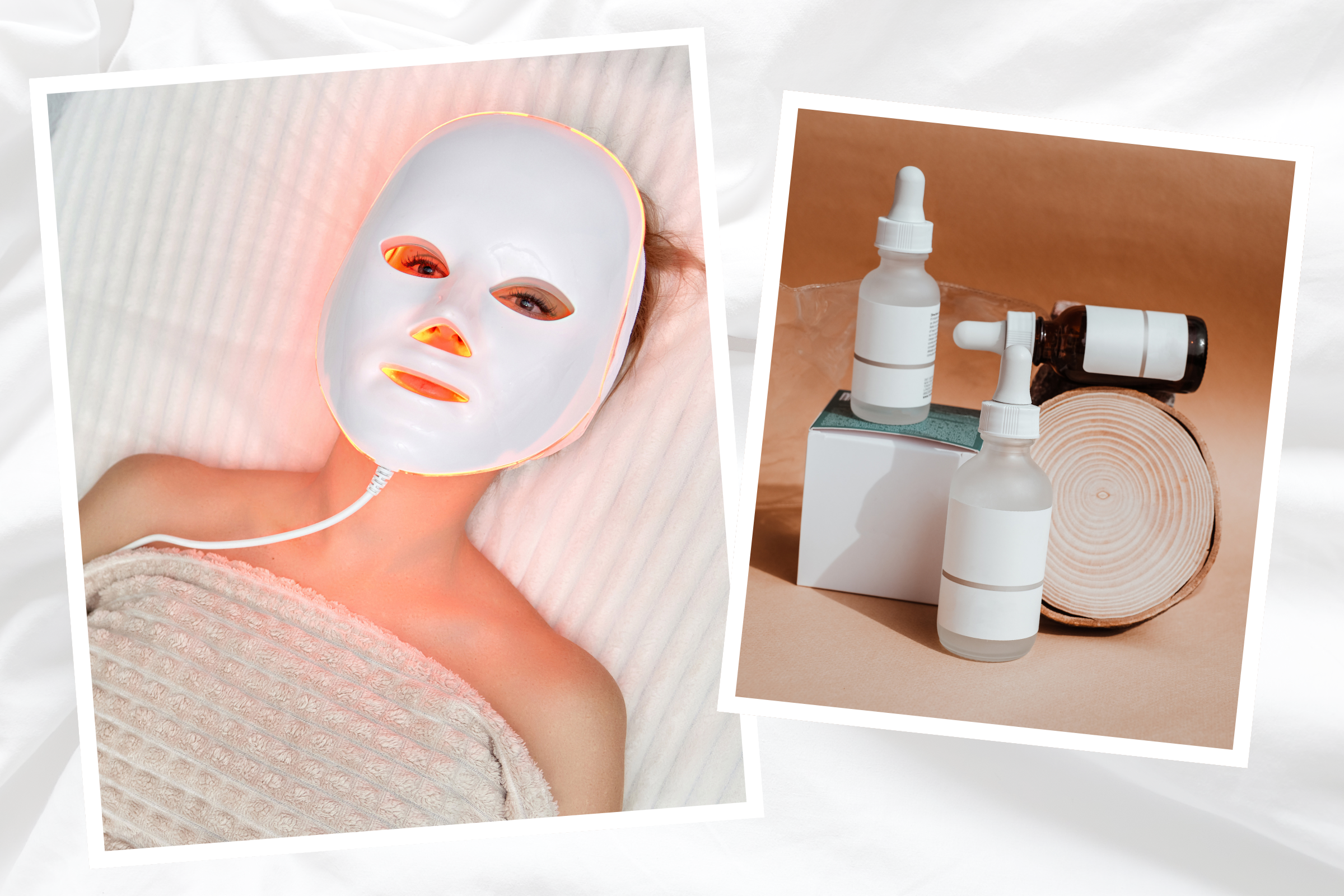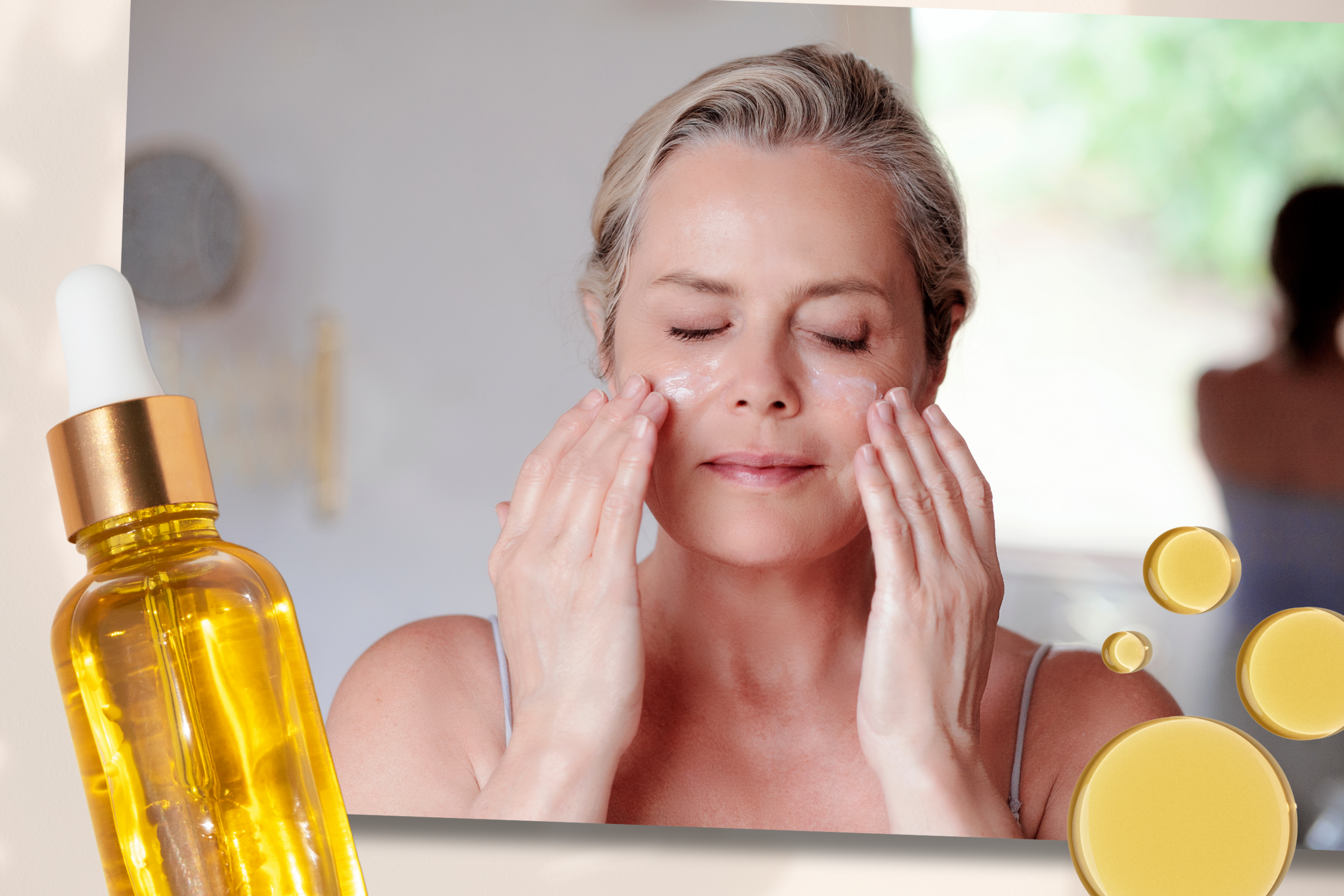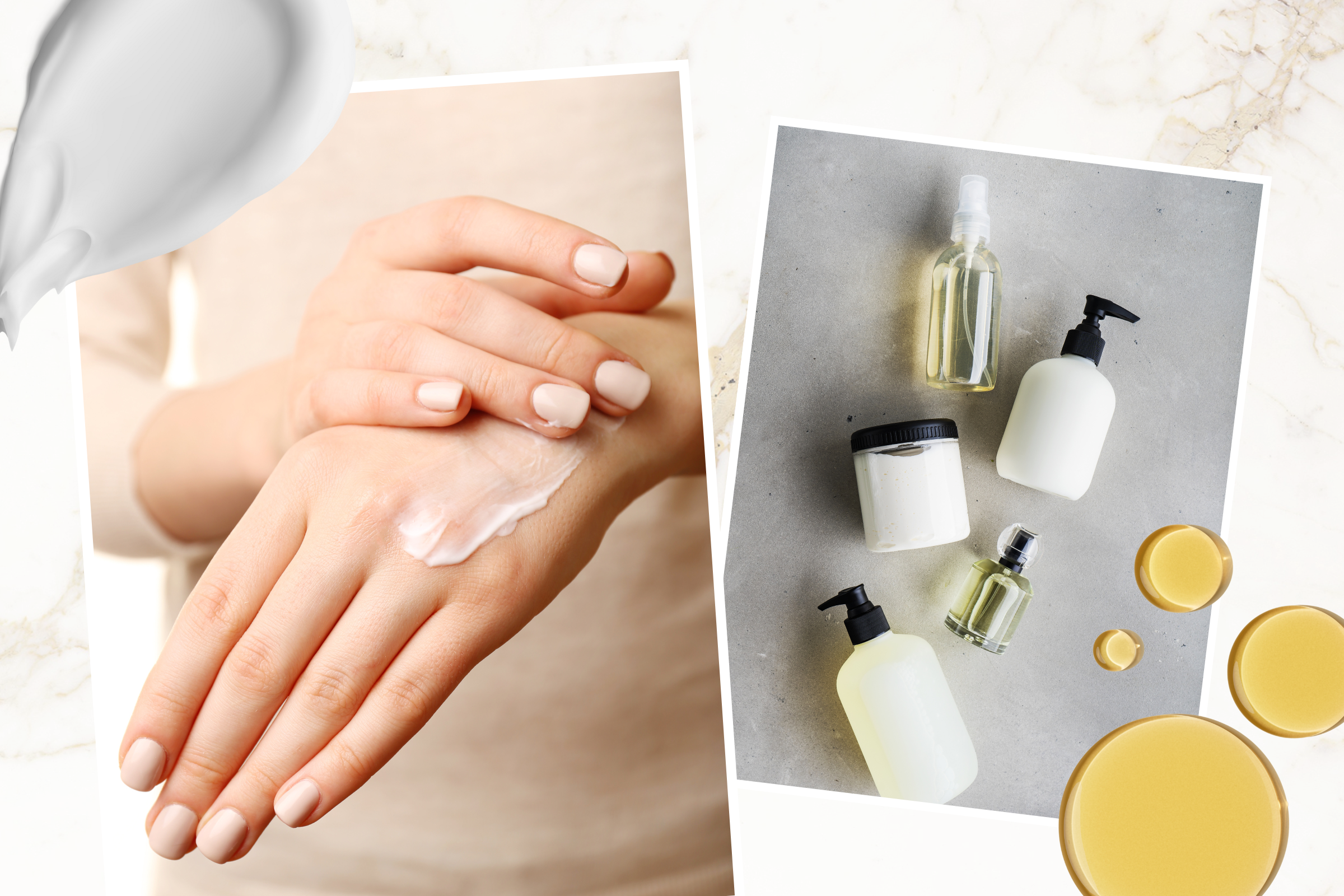The vitamin A-Team: How to use retinol
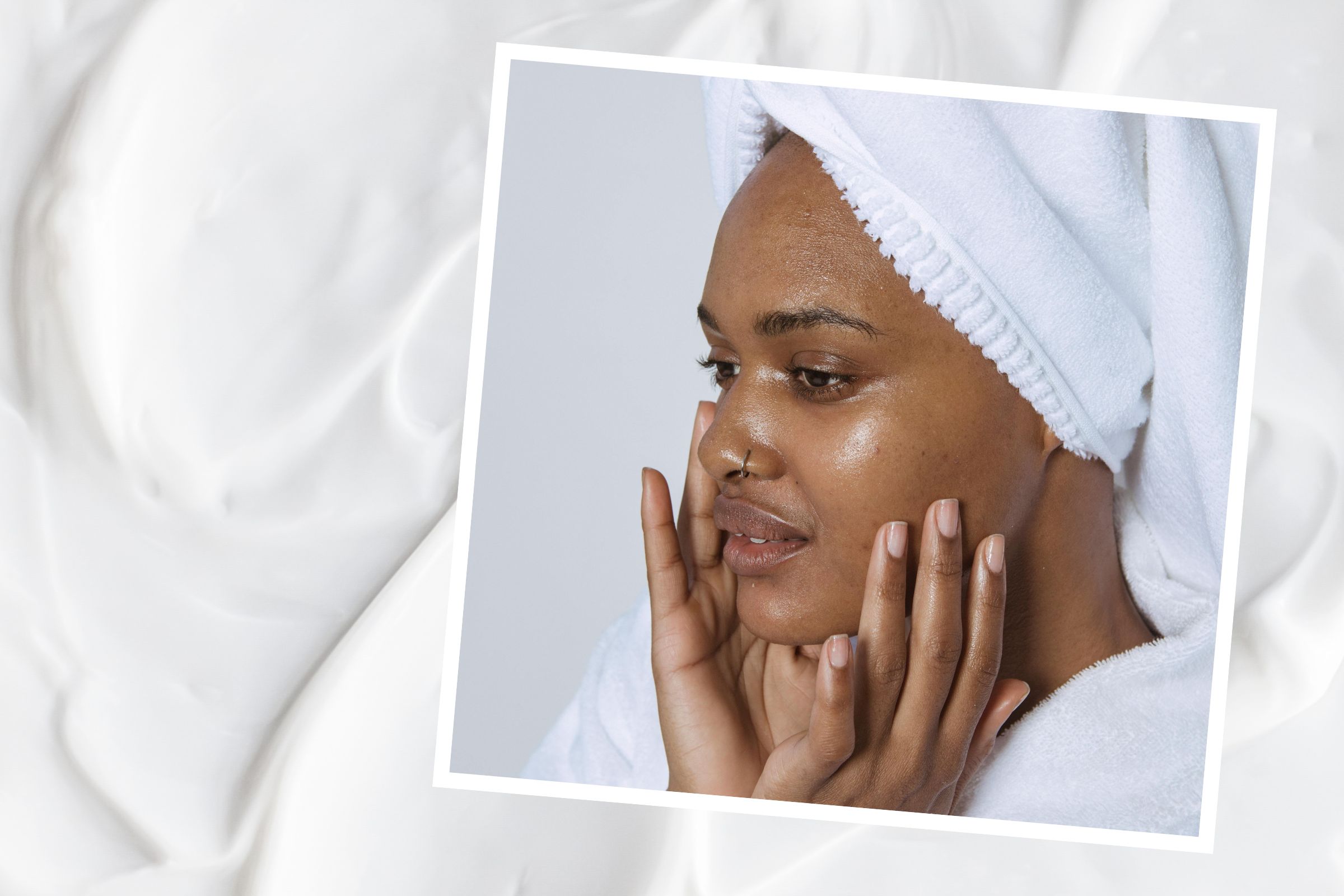
While there’s always something new to try at the beauty counter, retinoids are enjoying somewhat of a revival. With spot-busting and wrinkle-smoothing properties, they’re the fix-all solution that seem far too good to be true. Read on to find out everything you need to know about retinoids, and how to use them for clearer, smoother, plumper skin. Now’s the time to add retinol to your beauty regime.
What are retinoids and how do they work?
Retinoids are a class of compounds derived from vitamin A. As we age, we produce less collagen, which makes our skin appear thinner and ultimately results in wrinkles. Retinoids work by reducing the breakdown of collagen and promoting the formation of new collagen fibres – plumping the skin from deep under the surface. This reduces the appearance of wrinkles.
How are retinoids used?
There are several kinds of retinoid, each one useful in the world of cosmeceuticals, where beauty and medicine blur together. Tretinoin is the best-known retinoid, which has been in use since the 1960s in acne medication. Its anti-wrinkle qualities, and ability to reduce pigmentation (darkening) on sun-damaged skin, were discovered in the 1980s. Tretinoin, however, is only available on prescription (as a 0.025% gel) as it can cause skin irritation. It should be avoided by pregnant and breastfeeding women as it may result in birth defects.
Enter retinol
If you’re looking to reap the beauty benefits of retinoids without resorting to a prescription, retinol should be your go-to solution. So, how does retinol work and how does it differ from prescription-only retinoids? When we use retinol, it is converted into retinoic acid (the active ingredient in prescription products) by the skin. This extra step means it takes longer to see results from retinol than with stronger prescription retinoids. On the plus side, this reduces the risk of irritation, which is why many skin specialists recommend retinol as an entry point into prescription retinoid use.
How to use retinol
Traditionally, evening-only use of retinol was recommended as retinoids are photosensitive and degrade if exposed to sunlight, which is why they tend to come in opaque packaging or tinted glass. What this means for skin is that they are likely to become inactive if worn in the daytime. However, certain new formulas are photostable and designed to be worn during the day. Though a topic of debate, many experts say using retinol can also make the skin more sensitive to sunlight, which is why it’s vitally important to protect the skin with SPF.
Here’s how to incorporate retinol into your skincare regime:
- Wash your face with your usual cleanser. You may prefer to avoid harsher foaming and heavily fragranced formulas, which could make skin more sensitive.
- Apply your retinol product sparingly. Try a pea-sized amount spread over your entire face.
- It isn’t generally advised to use a retinol at the same time as acids (alpha and beta hydroxyl, found in some exfoliators, toners and peels). One option would be to use an acid in the morning and retinol in the evening.
- Finish with your usual moisturiser, and remember to apply an SPF in the morning if spending time outdoors.
Please note, on some occasions, we earn revenue if you click the links and buy the products, but we never allow this to bias our coverage and always honestly review. For more information please read our Affiliate Policy.

